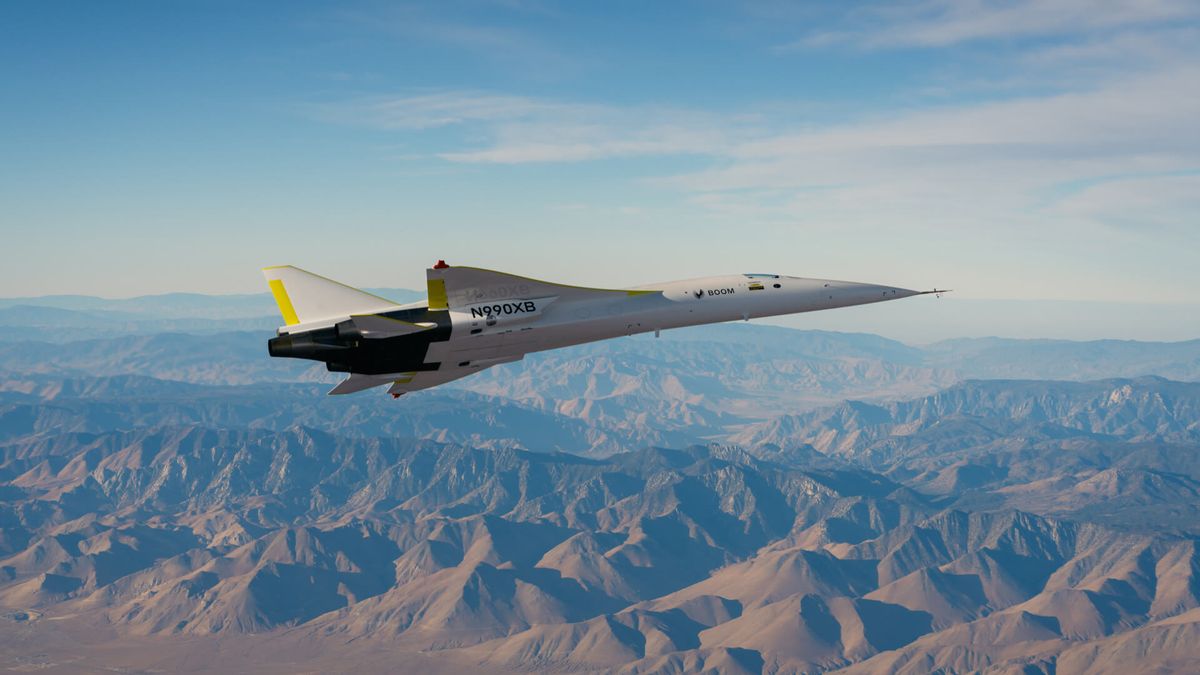Get the latest tech news
Boom Supersonic sans the sonic boom: The XB-1's quiet Mach 1 flight
If you've been keeping tabs on aviation news as of late, you saw that Boom Supersonic just recently broke the sound barrier with its XB-1 demonstrator aircraft. Oddly enough, no one on the ground heard a thing during its "boomless" cruise.
According to Boom's website, "Unlike subsonic turbofans, this new propulsion system will include a Boom-designed axisymmetric supersonic intake, a variable-geometry low-noise exhaust nozzle, and a passively cooled high-pressure turbine." When an aircraft (or any object) exceeds the speed of sound known as Mach 1 – a speed that varies wildly depending on altitude, temperature, and air pressure: 767 mph (1,235 km/h) at sea level with nominal atmospheric conditions or as low as 660 mph (1,062 km/h) at 35,000 ft (10,668 m) – it generates a shockwave that travels outwards and downward ... unless it's above that ~30,000 ft "Mach cutoff boundary," then the shockwave bounces upwards, dissipating into the atmosphere. As early as the 1930s, aerodynamicists like Theodore von Kármán were already modeling theoretical shockwave propagation and how atmospheric conditions would affect sonic booms.
Or read this on r/tech

